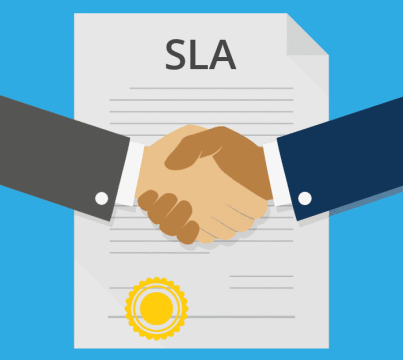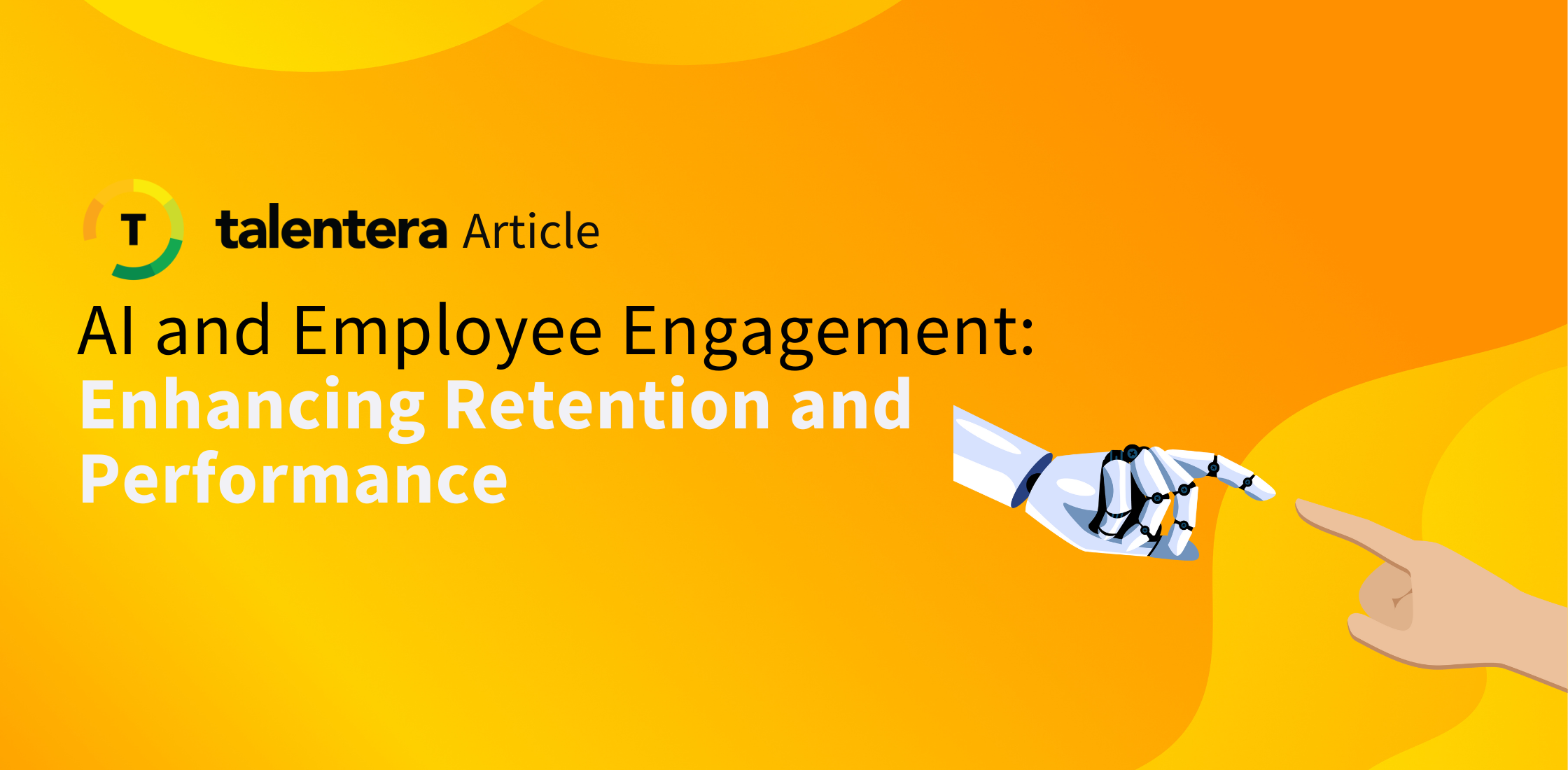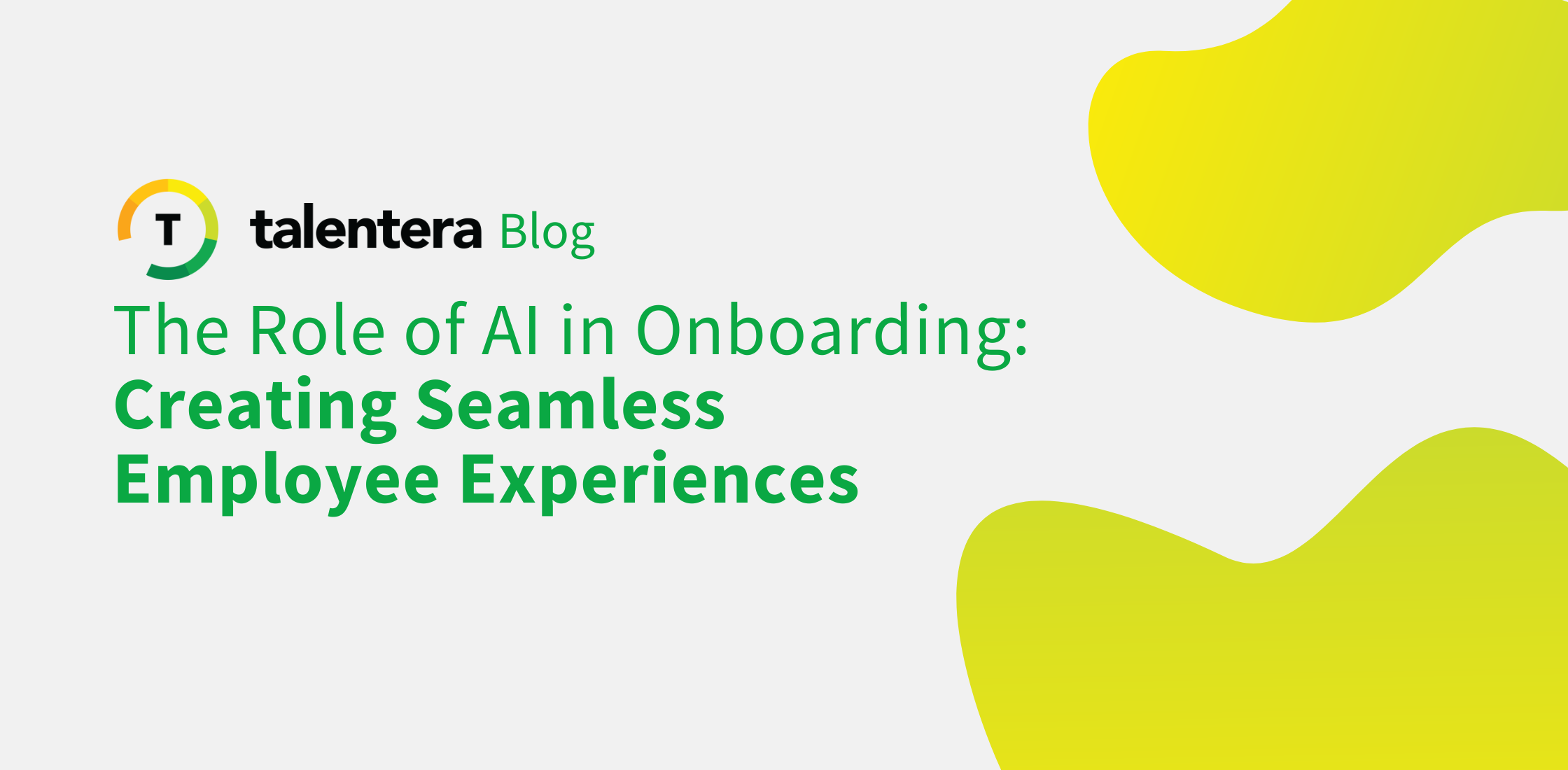Having unified goals for your team members holds many benefits; more clarity, accountability, and even a competitive streak to not be left behind. Setting goals becomes easier with Service Level Agreements (SLAs) because they align efforts of your workforce like no other policy or procedure can, in turn cultivating a spirit of collaboration proven to produce top performing employees.
So how do you ensure that all your employees are pulling their weight? Through SLAs of course! A service level agreement allows businesses to set standards of performance, almost like an agreement between the company management and its employees. By defining these expectations, employees know what tasks to prioritize, identify violations, and take active steps to consistently stay clear of delays that can come in way of them achieving their targets.
Why Service Level Agreements Are Important:
We’ve already concluded that setting SLAs is a powerful way to boost performance outcomes across your workforce, but the perks don’t end here:
1) Companies that enforce well structured SLAs are 34% more likely to experience greater year-over-year ROI versus companies that don’t. 
2) The supercharged productivity makes businesses with SLAs 31% more likely to hire additional salespeople to meet their growing demand.
3) Overcoming the struggles associated with infrequency of poor quality communication, SLAs establish a process for employees to stay attentive to business needs without constant reminders.
Empowering managers with measurable results to see the varying levels of productivity across their reportees, steps can be taken to help poor performers catch up with their productivity powerhouse peers. This is especially crucial for hiring managers looking to improve their recruiters’ efficiency. By being able to track the time taken to progress candidates across every stage of the hiring funnel, the recurring lags can be identified, and recruitment SLAs set to ensure that candidate applications do not end up growing stale due to mismanaged timelines.
The Link Between HR and Service Level Agreements:
An essential solution to accelerate hiring velocity and meet hiring targets faster, talent acquisition processes can be drastically improved by using recruitment SLAs as KPIs for all recruiters to comply with, without exception.
For example, if your recruiters know that an application has to be moved from inbox to interview scheduling stage within 6 days, this SLA will communicate to them the need to put aside other tasks to focus on the looming deadline to avoid violation. By using a robust ATS such as Talentera, notifications can be set to complement the SLAs, thus triggering an alert to be sent to the recruiter 2 days prior to the deadline to take prompt action.
If this “Warning” component of the HR service level agreement does not lead to the recruiter passing applications to the next stage of the funnel, then the “Failure” component is activated for the recruiter and the hiring managers signalling a violation occurrence, meaning that the SLA was not met.
Recurring violations is usually an indicator of either unrealistic performance targets, need for better training, or a one-on-one talk with the recruiter to discuss a resolution for the slow contributions towards talent acquisition.
What’s important to remember here is that the human resources service level agreements should always be standardized to help your team compete and strive for excellence on an equal footing, in addition to being:
– Attainable
– Repeatable
– Measurable
– Meaningful
– Mutually acceptable
Once everyone is able to complete their time-boxed tasks within the communicated range, SLAs can be revisited on a quarterly or semi-annual basis. Outgrowing targets is a natural part of the recruiter’s journey once they become an expert at their responsibilities, thus revising them to further increase hiring speed across the company should come across as no surprise.
Red Flags To Address With Recruitment Service Level Agreements:
There’s always red flags indicating a need for change to optimize recruitment, or that your team’s output are just not up to the mark. These include:
1) Increasing candidate backlogs with recruiters struggling to progress applications across the various stages.
2) Slow (or no) responsiveness after CV submissions leaving candidates disengaged and disinterested in the employer brand.
3) With their application stuck in the hiring funnel, candidates end up finding better opportunities elsewhere; slow time-to-hire emerges as a strong red flag requiring urgent addressing.
This is where you need to take proactive measures to help your team better identify priorities through HR SLAs, and establish a framework to protect candidate interest and recruitment standards.
Conclusion
Building accountability and clarity regarding recruitment goals, achieving high performing teams using Service Level Agreements should be your point of focus in 2022. Helping your team understand and comply with defined performance standards, deviations can be identified and resolved to build a culture thriving on excellent candidate experiences and talent acquisition efficiency.
About Talentera
We strive to build a top-class online recruitment solution that will help organizations from every discipline to recruit smarter, faster and easier. A product of Bayt.com, which leads the job site market in the Middle East region, we are privileged to have served thousands of employers of every shape and size in the region and it is this 14 years of rich online recruitment experience that we have poured into Talentera.
If you’d like to speak with an expert to learn how Talentera can improve your company’s recruiting processes, please get in touch.









